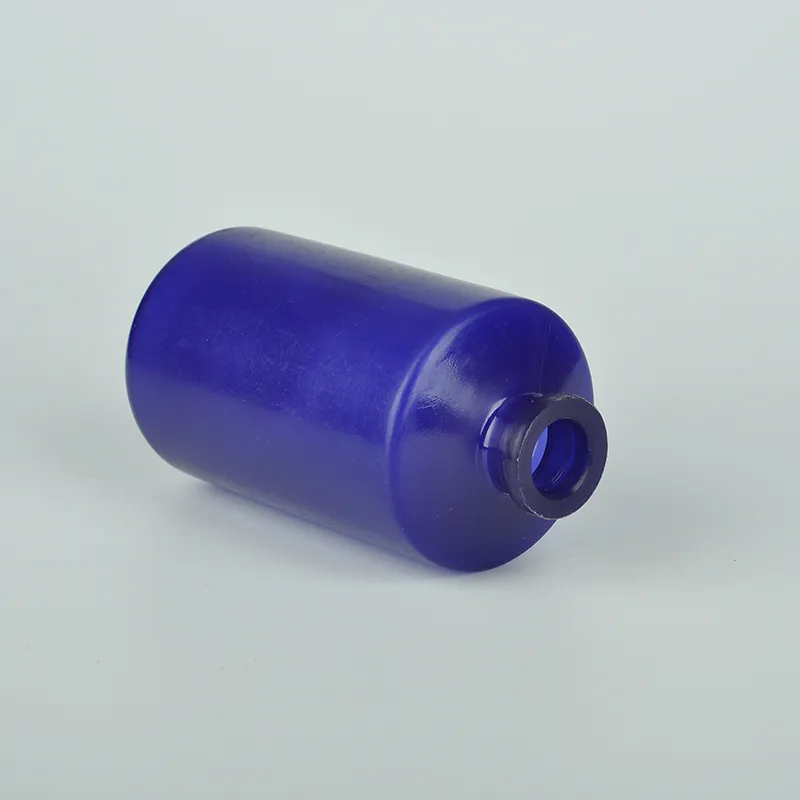Choosing the Right Plastic Petri Dish for Your Research Needs
The Versatility and Impact of Plastic Petri Dishes in Scientific Research
Plastic petri dishes, ubiquitous in laboratories worldwide, are unsung heroes in the field of microbiology, cell biology, and various other scientific disciplines. Invented in the late 19th century, these shallow, cylindrical dishes have evolved significantly since their inception. Today, plastic petri dishes are essential tools that enable researchers to cultivate microorganisms, examine cellular processes, and conduct a plethora of experiments.
The Composition and Advantages of Plastic Petri Dishes
Plastic petri dishes are typically made from polystyrene, a lightweight and durable material that offers several advantages over traditional glass dishes. One of the primary benefits is their affordability. The low-cost manufacturing process of plastic dishes allows laboratories with varying budgets to access critical research tools. Furthermore, plastic petri dishes are disposable, mitigating the risk of contamination and reducing the time spent on cleaning and sterilization—a significant advantage in high-throughput labs where efficiency is paramount.
Another notable feature of plastic petri dishes is their transparency. This property facilitates the observation of the growth and morphology of cultures without the need for transferring them to another medium or vessel. Observational studies can be conducted in real-time, enabling researchers to track cellular behaviors dynamically. Additionally, the surfaces of these dishes can be treated or coated to support the growth of specific types of cells, whether they be bacterial, fungal, or mammalian.
Applications in Various Scientific Fields
In microbiology, plastic petri dishes are primarily used for culturing bacteria and fungi
. Researchers can inoculate dishes with sampled microorganisms to study their growth patterns, antibiotic resistance, and other features. Common applications include the assessment of microbial contamination in food products, the testing of disinfectants in healthcare settings, and various ecological studies focusing on environmental microbiology.plastic petri dish

In cell biology, plastic petri dishes serve as a platform for various experiments, including cell culture studies and drug response assays. Researchers can grow cells in these dishes while manipulating their environments—such as nutrient availability and temperature—to observe cellular responses. This ability to create controlled conditions makes plastic petri dishes indispensable in the study of cancer cells, stem cells, and other specialized cell types.
Furthermore, the integration of plastic petri dishes with modern technologies has enabled advancements in personalized medicine and biotechnology. For instance, 3D cell cultures grown in specially designed petri dishes allow researchers to better simulate the natural tissue environment, leading to more accurate drug testing outcomes. Similarly, the development of organ-on-a-chip technologies has harnessed the capabilities of plastic dishes to create microenvironments that mimic physiological conditions more closely than traditional 2D cultures.
Environmental Considerations
Despite their numerous advantages, the prevalence of plastic petri dishes raises significant environmental concerns. With the increasing focus on sustainability, the scientific community is actively seeking to mitigate the ecological footprint associated with plastic waste. Some researchers advocate for the development and use of biodegradable alternatives or reusable glass petri dishes, although these solutions often come with trade-offs in terms of cost and practicality.
Various initiatives are underway to encourage recycling and proper disposal of plastic laboratory waste. These efforts highlight the importance of balancing scientific innovation with environmental stewardship, prompting laboratories to adopt more sustainable practices.
Conclusion
Plastic petri dishes are indispensable tools in the scientific community, playing a vital role in advancing our understanding of biology and medicine. Their affordability, versatility, and advantages over traditional glass dishes make them a staple in research laboratories. However, the environmental implications of their widespread use cannot be overlooked. As the scientific community continues to innovate and expand our understanding of various fields, the challenge remains to find sustainable solutions that preserve the integrity of research while protecting the environment. By responsibly leveraging the capabilities of plastic petri dishes and exploring alternative materials, researchers can continue to push the boundaries of scientific inquiry.
-
Aesthetic Makeup Spray Bottles | Fine Mist Empty RefillableNewsAug.19,2025
-
White Plastic Veterinary Vaccine Vials | Lab Liquid BottlesNewsAug.18,2025
-
Plastic Medicine Liquid Bottle: Secure Flip Top Drug VialsNewsAug.17,2025
-
Durable 250ml Blue Plastic Vaccine Vial for Lab & Vet UseNewsAug.16,2025
-
Sterile Virus Sample Tubes: Secure & Reliable Specimen CollectionNewsAug.15,2025
-
White 250ml Plastic Vaccine Vial for Lab & Vet MedicineNewsAug.14,2025
























